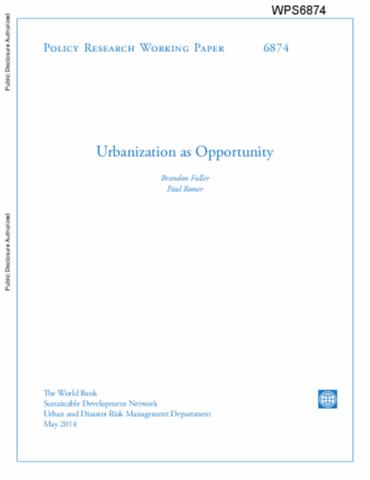Resource information
Urbanization deserves urgent attention from policy makers, academics, entrepreneurs, and social reformers of all stripes. Nothing else will create as many opportunities for social and economic progress. The urbanization project began roughly 1,000 years after the transition from the Pleistocene to the milder and more stable Holocene interglacial. In 2010, the urban population in developing countries stood at 2.5 billion. The developing world can accommodate the urban population growth and declining urban density in many ways. The most important citywide projects -- successes like New York and Shenzhen -- show even more clearly how influential human intention can be. The developing world can accommodate the urban population growth and declining urban density in many ways. One is to have a threefold increase in the average population of its existing cities and a six fold increase in their average built-out area. Another, which will leave the built-out area of existing cities unchanged, will be to develop 625 new cities of 10 million people -- 500 new cities to accommodate the net increase in the urban population and another 125 to accommodate the 1.25 billion people who will have to leave existing cities as average density falls by half.


